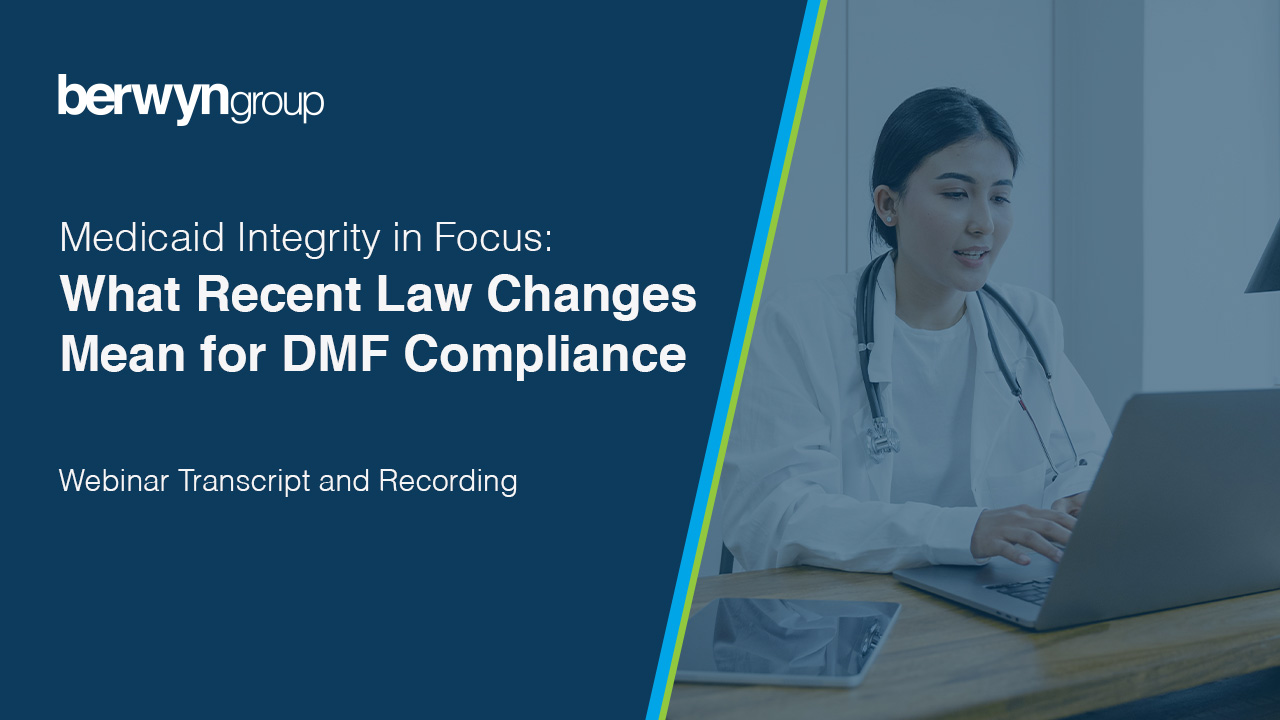Insurance professionals are all too familiar with the investigations and lawsuits targeting the industry. State insurance departments and other regulators have intensified their audits of insurers to ensure proper identification of deceased policyholders and timely benefit disbursement. Non-compliance with both RSAs (Regulatory Settlement Agreements) and GRAs (Global Regulatory Agreements) can result in substantial financial penalties and damage to an insurer’s reputation.
Additionally, regulators are enforcing symmetrical audits, requiring insurers to apply the same rigorous death matching methodologies across all policy types, ensuring maximum identification of deceased policyholders and preventing selective compliance.
Key Indicators of a Compliant Death Audit Solution
The NAIC’s Valuation of Life Insurance Policies Model Regulation requires mortality rates in reserve calculations to reflect anticipated future mortality without assuming post-valuation improvements. When adopted by states, it becomes a regulatory standard. A death audit solution must align with these requirements while addressing compliance challenges. Here’s what to look for:
1. Comprehensive Data Sources
Regulators seek to identify as many deaths as possible to ensure compliance and prevent benefits from going unpaid. Most RSA and GRA require insurers to use the Social Security Death Master File (DMF) or an equivalent database. However, since 2011, the DMF has lost data, capturing only 16% of deaths by 2023.
“The DMF is no longer a reliable source of death data, forcing insurers to seek alternative methods to fulfill their regulatory obligations,” said Lane Kent, General Manager Insurance at The Berwyn Group.
Given these gaps, insurers must rely on more comprehensive and accurate sources. A compliant solution should include:
- Obituaries and alternative death records
- Proprietary databases to verify identity
- Data feeds for continuous updates
2. Compliant Fuzzy Matching
Fuzzy matching alone is insufficient for death audits, creating a high risk of false positives and compliance failures. While insurers are required to use fuzzy matching to identify potential matches in the Social Security Death Master File, relying on it alone is not enough. Organizations should have a process which considers structured validation, and leverages authoritative data sources to ensure accuracy, maintain compliance, and protect stakeholders from preventable errors. Your solution should include:
- Matching algorithms for names and locations
- Identification of matches despite multiple data inaccuracies
- Configurable match thresholds that meet NAIC guidelines
3. Automated Compliance Tracking
Trust and transparency are the foundation of strong insurer policyholder relationships. Identifying deceased policyholders proactively is not just about compliance. It is about delivering on promises and strengthening long term trust.
“Insurers that embrace proactive identification strategies do not just mitigate risk. They set the standard for accountability and customer confidence,” said former Connecticut Financial Regulation Director, Kathy Belfi.
Your solution should provide:
- Audit trails to document compliance
- Accessible regulatory reporting
- Real-time data access
4. Scalable and Efficient Processes
The death audit process is complicated and time-consuming for most insurance companies. It involves a lot of research, mailing, and continuous monitoring to meet regulatory requirements. Companies that try to handle it themselves need dedicated and, in some cases, large teams, which just isn’t practical. Effective execution demands specialized training, experience, and focus, particularly for human validation tasks like verifying discrepancies, reviewing supporting documentation, and ensuring compliance with regulatory standards. Your solution should provide:
- Automated matching and human validation
- Continuous monitoring instead of periodic audits
- Identification of decedent within days
Does Your Death Audit Solution Meet These Standards?
CertiDeath® aligns with NAIC standards and regulatory requirements by combining proprietary algorithms, integrated databases, and human expertise for validated results.
- 96.5% match confidence with transparent, validated data sources
- Finds 38% more deaths than any other death matching service
- CertiDeath is trusted by 2,000+ organizations
- Access to and proprietary datasets
- Fuzzy matching aligned with NAIC standards
- Extensive reporting with built-in audit trails
- Human oversight to verify matches, 1 false positive in every 3,000 deaths identified
- Accelerate claims professing for improved efficiency
To learn more about CertiDeath and get a no-cost assessment of missed deaths in your population, please contact us.



